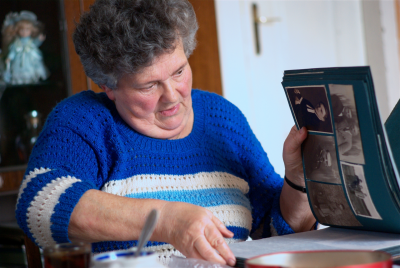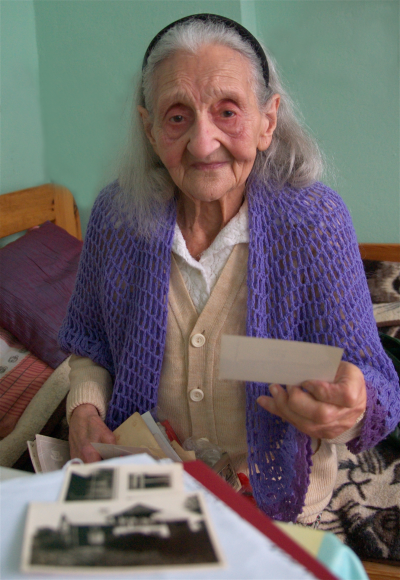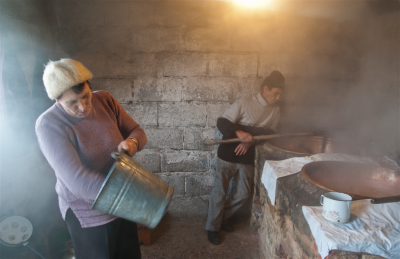 2006
2006
 2008
2008
 2010
2010
 2012
2012
 2014
2014



 |
Disappearing landscape of Olender villages
‘Olender settlement in Mazovia’
Grzegorz Piaskowski – author of photographs, The oldest Mennonite relic in Mazovia – church in Sady (1806). Demolitioned in 2011
Elżbieta Nowakowska (me’e Wegert) remembers her father miller and uncle pastor
Jam makers; boiling juice |

|
Description popularizing the research project
There is no trace left of many Olender villages in the country. Some of them can still be found as old maps show their locations. Very often, these are places located very low along the rivers where for centuries floods rendered agriculture impossible. Today in Żuławy Wiślane and many corners of Mazovia over the Vistula, outlines of ruined buildings and apple trees gone wild in the former yards can be found. Yet there are also places where material traces of the generations of people living there prevailed. The people, thanks to their hard working and skills, managed to reclaim the land and start farming there. Still vivid is the memory of the people who came to Mazovia in the 17th century with their own culture, religion and style of life, turned the wetlands into farming fields and assimilated with their neighbours sharing their own craft, diet and folklore.
Settlers from Holland and neighbouring provinces worked for nearly three hundred years reclaiming the land. Among the elderly residents of villages in Mazovia, it is still possible to meet descendants of the Dutch settlers. Their influence on neighbours is in architecture, household chores, cuisine and in the fields. Yet echo of the influence is more and more quiet, dying slowly forgotten under the pressure of novelties and modern life. Yet it is not too late to save still functional household equipment, to observe rites stumbling into oblivion, seize the man-made changes in the landscape, and, most of all, seize the spirit of interpersonal relations still filling the Olender settlements. May the time and people’s memory be merciful for the ones who gather the material and immaterial traces of the Dutch immigrants’ everyday life. May it be more than just symbols scattered in the map where the rivers used to overflow.
Abstract
The subject of Olender settlement in Poland is usually associated with Vistula river Plains (Żuławy), however visitors from the Netherlands were also settled in other places of our country. Large agglomeration of the Mennonites and the Evangelicals arrived from West located on Vistula stripe, belongs to a specific statute, the research area of the Mazovian Museum in Plock, Poland. The task of the population, which arrived in the seventeenth century, was to settle Vistula flooded wasteland and transform it into agricultural land. The newcomers differed from the local population in language, religion, housing, social organization and the technologies they used. Although they left that land after World War II, still they left clear traces in the landscape and local culture. Research project was undertaken by the museum in 2006 and covers the area from Dobrzykow to Kazuń Nowy. Due to the rapidly changing cultural landscape and the advanced age of people who remember the settlers and the last living descendants of the settlers, it was necessary to determine the widest possible spectrum of research activities planned for many years. This activity includes audiovisual documentation of monuments, oral accounts, landscape, acquiring artifacts, anthropological studies of memory determining the nature of intercultural relations, ethnographic description of the historical crafts, special skills, the type of crop, diet, folklore, the impact on the local culture of the German-speaking population (e.g. changes in the construction, adoption of cultural patterns useful in flood areas), etc. In case of anthropological and ethnographic studies an interview questionnaire is an essential research tool. Research is conducted by employees of the Ethnography Department of Mazovian Museum in Plock: by Magdalena Lica -Kaczan, and Grze-gorz Piaskowski. Last year, a science camp with the participation of students from different ethnological centers in Poland (among other IEiAK U.S.) was held. A similar camp is scheduled for July 2012
Patronat honorowy
Leszek Jodliński
Dyrektor Muzeum Śląskiego w Katowicach
Zygmunt Łukaszczyk
Wojewoda Śląski
Jan Malicki
Biblioteka Śląska
Piotr Uszok
Prezydent Katowic
Adam Matusiewicz
Marszałek Województwa Śląskiego


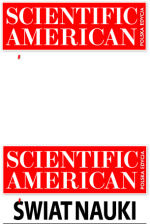


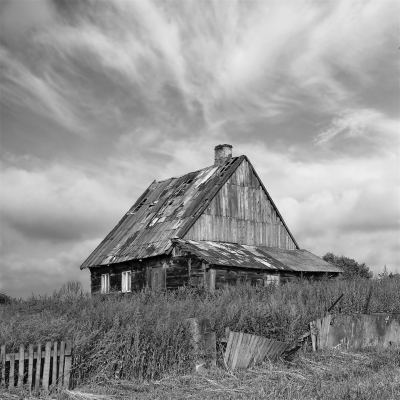
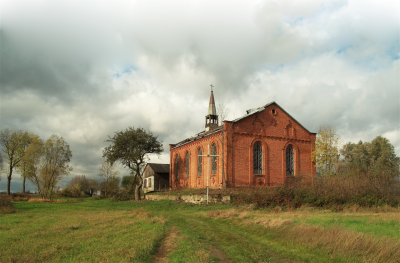
 Evangelical church built on an artificial hill in 1935. Wiączemin Polski
Evangelical church built on an artificial hill in 1935. Wiączemin Polski